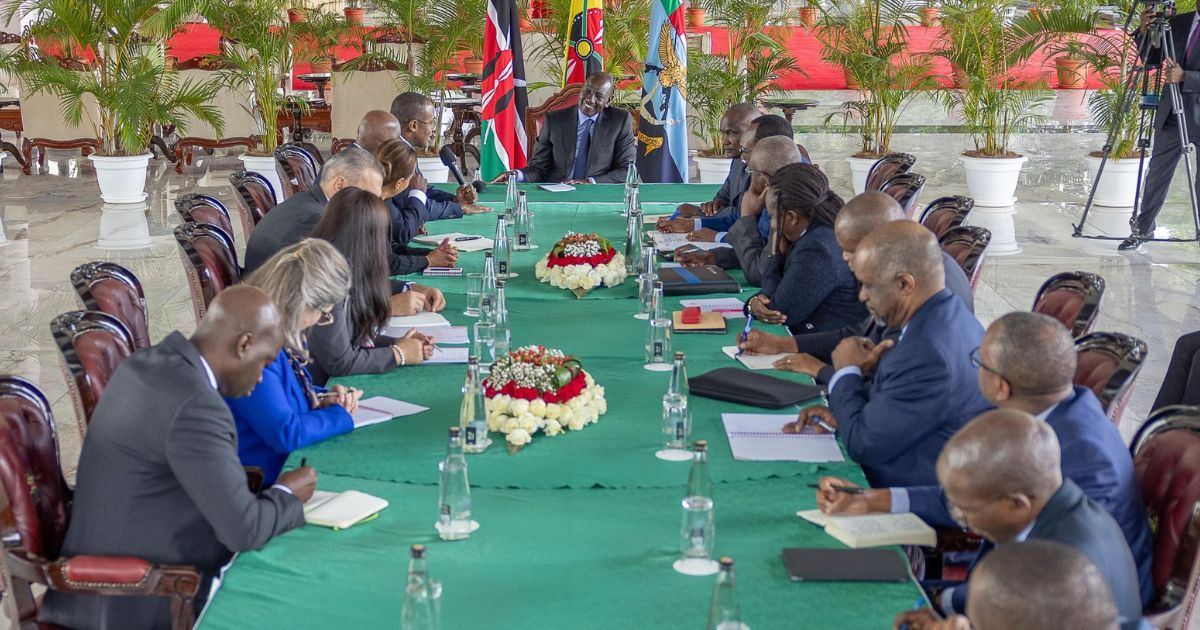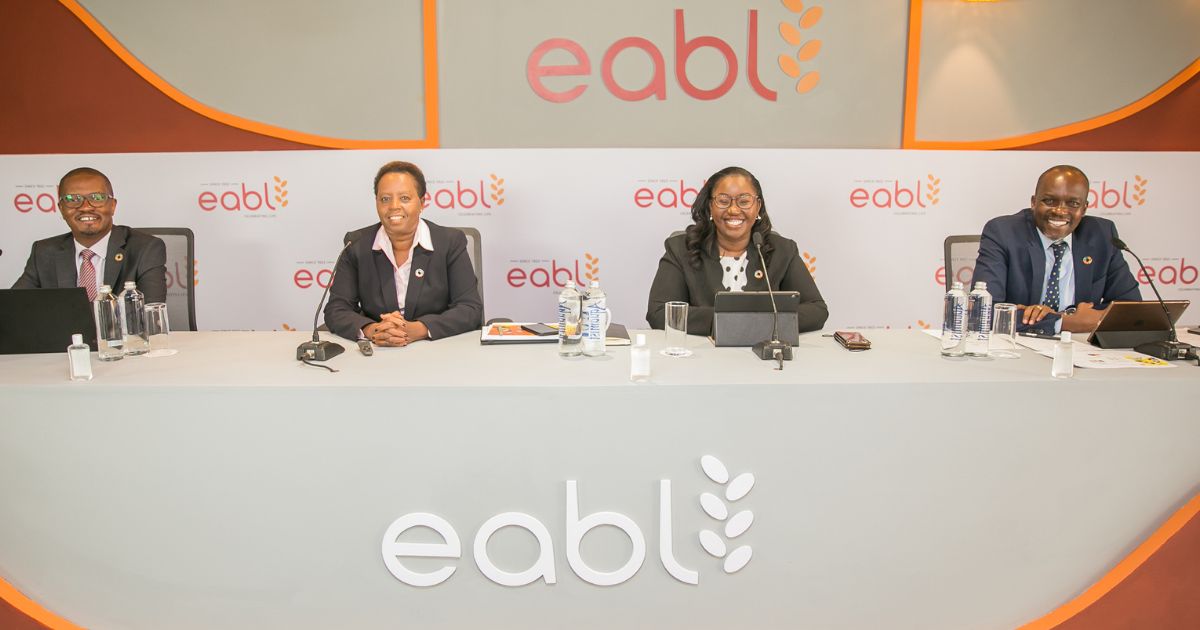- Money254 Money Weekly
- Posts
- No-Spend November: How to Plan for a Zero-Spend Month Without Feeling Deprived
No-Spend November: How to Plan for a Zero-Spend Month Without Feeling Deprived
A successful No-Spend November is not about cutting joy; it's a powerful, temporary reset designed to help you break bad financial habits, identify where your money is secretly vanishing (your "junk expenses"), and significantly boost your savings before the December holiday season demands your cash.

Greetings, and welcome to the 45th edition of the Wallet Wellness Newsletter - your midweek source of practical financial tips to elevate your money management skills!
We hope you got a chance to read last week’s edition, where we discussed the payday high: what makes you feel rich & why it is dangerous. This week, we shift gears to how to plan for a zero-spend month without feeling deprived.
As always, be sure to check out the Concept Corner below for a deep dive into the money concept of the week.
Let’s dive in!
Sponsored Content
How Much Can Your Logbook Unlock for You?
While many microfinance institutions offer logbook loans of up to a few hundred thousand shillings or at most Ksh5 million, Mwananchi Credit goes far beyond. With Mwananchi Credit, you can unlock up to Ksh25 million against your vehicle—enough to fully cover an emergency, fund a project, or even start a new business.
The process is fast, with loans approved and disbursed within 6 hours, straight to your account. Apply for a quick loan today.
MONEY254 TIP OF THE WEEK
No-Spend November: How to Plan for a Zero-Spend Month Without Feeling Deprived
A successful No-Spend November is not about cutting joy; it's a powerful, temporary reset designed to help you break bad financial habits, identify where your money is secretly vanishing (your "junk expenses"), and significantly boost your savings before the December holiday season demands your cash.
This is a strategic challenge. To win, you need to plan ahead and build defenses against temptation.
1. Define Your Rules of Engagement (Needs vs. Wants)
The key to success is clarity. You must know exactly what "zero-spend" means for you. Being too strict guarantees failure, so create a realistic list of necessities you must spend on:
Non-Negotiable Needs: These are bills that keep your life running: rent, school fees, scheduled loan repayments, electricity tokens, water, and essential transport to work (matatu or bus fare).
The Big NOs (Wants): Everything else is off-limits. This includes: takeout or delivery food (no more expensive weekend KFC or Uber Eats), sodas, coffee shop runs, new clothing, impulse buys at the supermarket, salon/barber trips outside of essential maintenance, and gifts.
2. Stock Your Household Shopping
Failure often happens because you run out of something essential, forcing you to go to the duka and face temptation. Preparation is your best defense.
The Final Stock Up: Do one final, major grocery shopping before the challenge. Buy all the staples you need: unga, mchele, viazi, mayai, cooking oil, and enough fresh produce to last at least the first two weeks. Your goal is to avoid visiting any shops during the challenge.
Plan Your Meals: Create a simple, rotating meal plan for the entire month using your stocked ingredients. This eliminates the last-minute question of "What's for dinner?" which often leads to expensive takeaway and delivery charges.
3. Build Your Anti-Temptation System
Mobile money and easy access to shopping apps are the biggest threats to your No-Spend Month. You need to create barriers.
Separate Your Spending Cash: Divide your remaining money for the month into four weekly allotments. Transfer the weekly amount for essentials (groceries and transport) into a separate M-Pesa wallet or a secondary account. Do not leave a large balance in your primary account.
Track the "Almosts": Keep a log (a simple note on your phone) of every time you felt the urge to spend on something non-essential, what it was, and how much it cost. Seeing these "phantom expenses"—the money you almost spent—is highly motivating and shows you how quickly you are actually saving.
Embrace Free Fun: Actively plan free ways to spend your weekends. Instead of expensive outings, check for free events at local libraries, or go for a walk or a run at a public park. Host a potluck dinner where everyone brings a dish (nyama choma can be bought once and cooked at home), transforming an expensive night out into a frugal social event.
4. Automate the Savings and Cement the Habit
The point of the challenge is not just to see the money sit there; it's to force it into savings.
Immediate Transfer: At the end of November, calculate the exact amount you saved by not spending on "wants." Immediately transfer that amount from your spending account to your savings or investment vehicle (MMF, Sacco, etc.). Do not let it sit in your checking account!
Identify Permanent Cuts: Review your "No-Spend" list. Did you survive without that daily Ksh 100 soda or weekly Ksh 2,000 takeaway? Identify 2-3 of those items and make them permanent cuts from your monthly budget. This ensures the temporary challenge creates long-term financial discipline.
By approaching No-Spend November with this strategic plan, you won't feel deprived. Instead, you'll feel empowered, realizing how much control you have over your finances and how quickly those small, everyday expenses were holding you back.
CONCEPT CORNER
Risk and Return Tradeoff
The risk-return trade-off is a concept of investing that states, “an asset's potential return will be proportional to the level of risk the investor takes.” Taking on more risk can mean potentially earning higher returns, but there's also a greater chance of losing money, including all initial capital.. Read More
Money Tips & Career Advice
MONEY254 #MONEYTOK
Top 10 Banks With the Most Affordable Interest Rates on Loans in Kenya
The Central Bank of Kenya has released new data on interest charged on loans for September 2025, and this data captured changes in the cost of borrowing. The data was published on Friday, October 31, and shows variations across different commercial banks. While Citibank leads with the cheapest loans at just 9.6%, some lenders are still charging nearly double that rate.
In this video, we break down the top 10 banks with the most affordable interest rates in Kenya and the ones where borrowing could cost you the most. We also unpack why CBK’s recent rate cuts and the new risk-based pricing model are reshaping how banks lend.
@money254hq 𝐓𝐨𝐩 𝟏𝟎 𝐁𝐚𝐧𝐤𝐬 𝐖𝐢𝐭𝐡 𝐭𝐡𝐞 𝐌𝐨𝐬𝐭 𝐀𝐟𝐟𝐨𝐫𝐝𝐚𝐛𝐥𝐞 𝐈𝐧𝐭𝐞𝐫𝐞𝐬𝐭 𝐑𝐚𝐭𝐞𝐬 𝐨𝐧 𝐋𝐨𝐚𝐧𝐬 𝐢𝐧 𝐊𝐞𝐧𝐲𝐚 The Central Bank of Kenya has released new data on interest charged... See more
That's it for this edition of Wallet Wellness. We hope these financial tips have added some energy to your hustle. Stay tuned for more practical insights in our next edition of "Wallet Wellness" next week, and watch out for Money Weekly in your inbox this Friday.
Also, don’t forget to download the Money254 App on the Google Play Store, and remember that we can help you compare over 300 loans, savings accounts, current accounts, and more if you’re thinking about your next product.
Cheers to your wallet's well-being!
Money254 editorial team.
FEEDBACK REQUEST ❤️
Poll: What do you think of this midweek Wallet Wellness email?We'd love to have your feedback on this Wallet Wellness newsletter. Let us know how you feel about it below! You will be able to give us direct feedback on how we can make it back after voting 🙏 |
Thank you to all of you who gave feedback on last weeks newsletter!
❤️ Share with a friend
Thanks for reading. If you liked this week’s Wallet Wellness email, we’d love for you to share it with a friend.
If this email was forwarded to you, you can subscribe here.





%20(1).jpg)

.jpg)
%20(1).jpg)